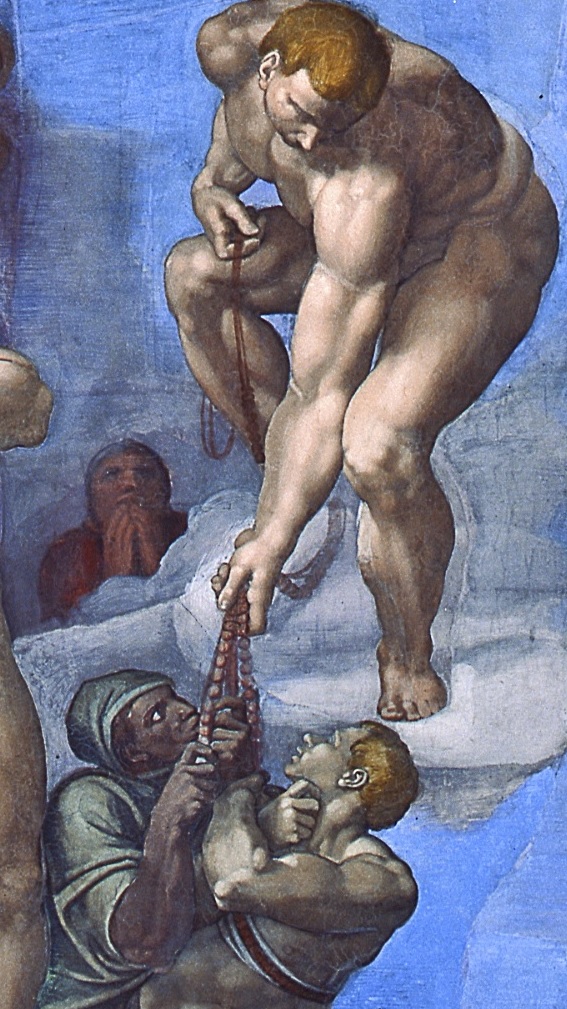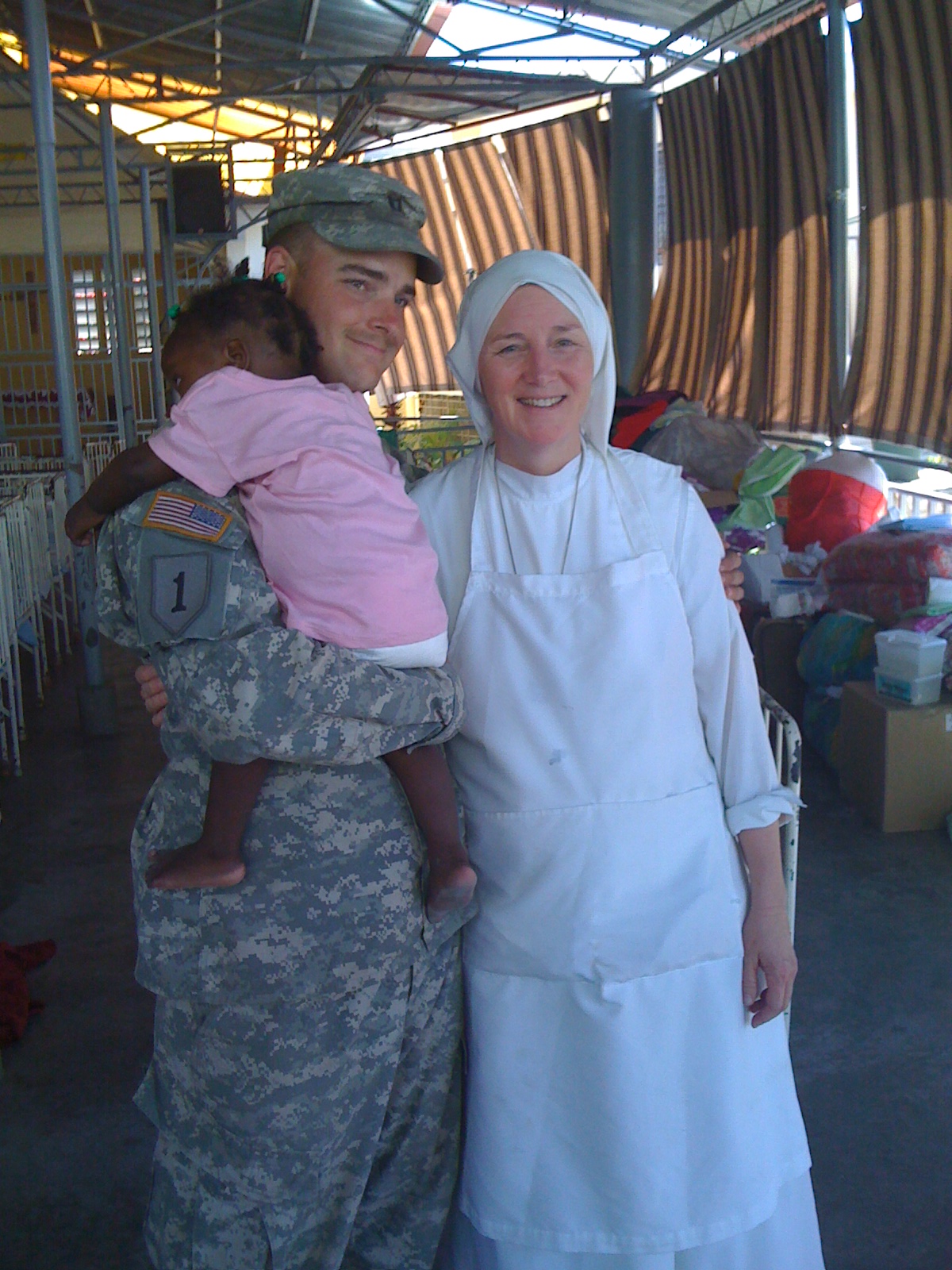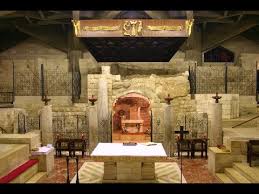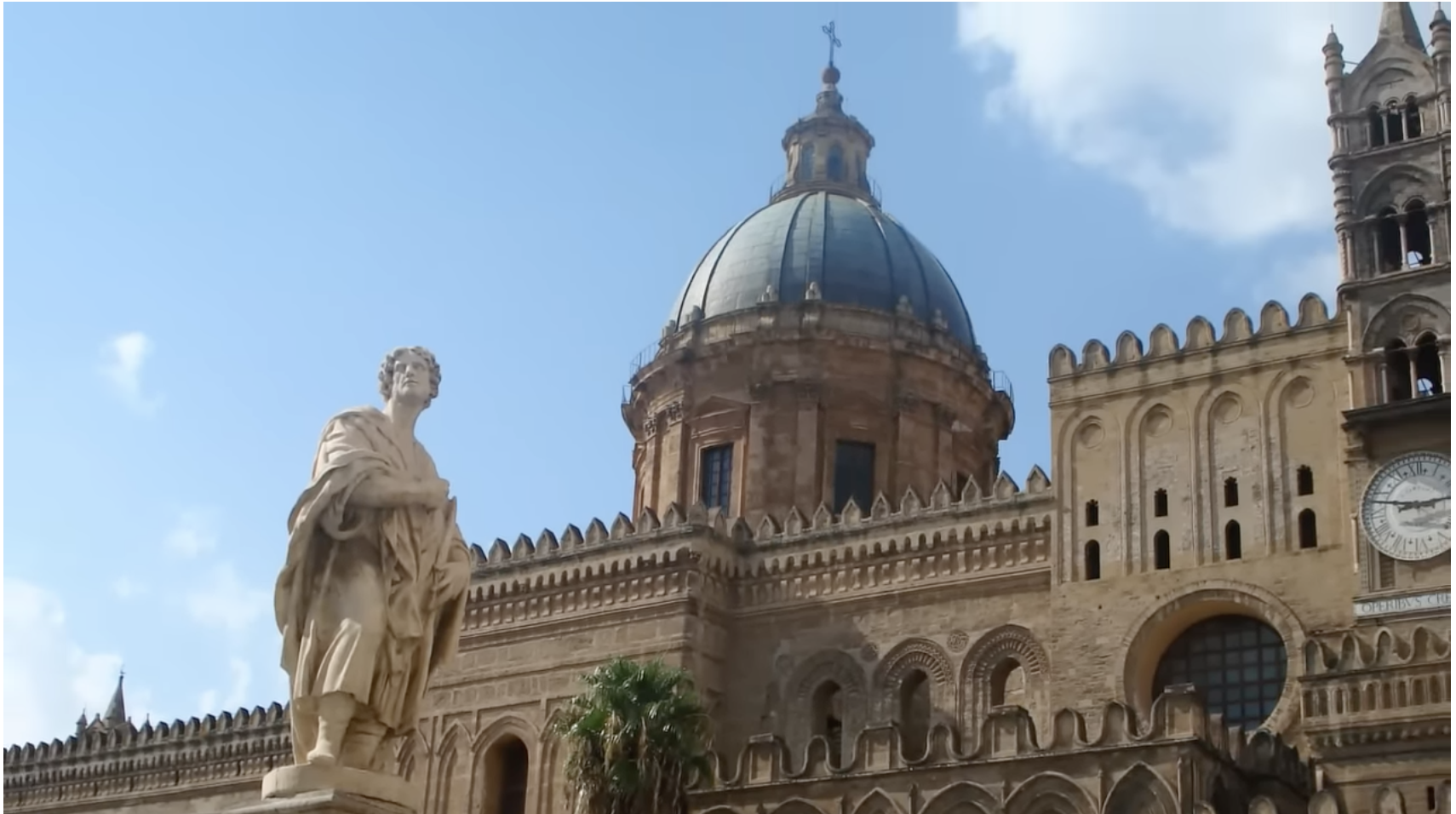Centuries have passed since the Sack of Rome on May 9, 1527, when Michelangelo received the papal commission to start his monumental fresco The Last Judgement, which still adorns the Sistine Chapel. Michelangelo’s patron, Pope Clement VII, had witnessed first-hand the invasion of the city and the atrocities inflicted on the Roman people from Castel St. Angelo. Religious, cardinals, bishops, and priests too were victims of the Lutheran Landsknechts (German mercenaries).
Rome was in rubble; churches were closed and desecrated. A Spaniard who witnessed the sack recorded: “In Rome all sins were openly committed – sodomy, simony, idolatry, hypocrisy, fraud. Surely then, what has come to pass has not been by chance, but by the Judgment of God.” More than anyone, Pope Paul III (1534-1549) felt it as the Judgment of God and as reason for urgent reform of the Church. He initiated the Council of Trent, which articulated Church’s stance against the Protestant Reformers.
Michelangelo’s monumental work The Last Judgement, and the many modifications it later underwent, was a Catholic response to the iconoclastic zeal of the Lutheran Landsknechts, a reassertion of the cult of relics and of the uses of sacred art. Michelangelo’s fresco was an attempt to re-sanctify a profaned city. A detail on the left side of the fresco, hidden and almost unnoticed in the enormous mural, is a Rosary, which serves as an ascending ladder.
An angel is pulling two individuals upwards with a Rosary who are desperately clinging to it. Michelangelo is playing with light and shadow, suggesting that through the Rosary, salvation is at hand: the individuals depicted are almost there.
Almost five centuries later, the Sack of Rome reminds us of many things we are currently going through: revolts, looting, disarray, the canceling of our cultural heritage, the desecration of churches and monuments, including religious shrines and statues. But God always provides ways of recovery.
A few days ago, Sister Deirdre “Dede” Byrne began her speech at the Republican National Convention: “Good evening. I am Sister Dede Byrne, and I belong to the Community of the Little Workers of the Sacred Hearts of Jesus and Mary.” Her message was simple, unpretentious, and to the point in her three roles as a religious sister, a medical doctor, and an army veteran.
She laid out the problems – and offered solutions. First on sister’s list was promoting the Gospel of Life, the unborn, the most marginalized of all – those “on the peripheries,” to use Pope Francis’ language – whom society discards: The children in the womb who are totally defenseless.
Her speech got the attention of viewers on all points of the political spectrum, nationally and internationally. It attracted both praise and hate and even some personal attacks: “she is as far from being authentically pro-life in the Catholic tradition as this nun in 1940s,” tweeted one respondent, comparing sister’s viewpoint to that of a German nun (pictured in the tweet) making a Nazi salute. Sister was also called by the Italian monthly Tempi “adventurous,” or “unpresentable,” a religious sister who “gives scandal.” This malicious criticism could not be further from the truth about what Sister really said at the convention.
But Sister Byrne’s speech was not focused exclusively on the “throwaway” attitude toward the unborn; it was directed to all Americans, and meant to heal and fortify. As a “warrior” nun (quite a bit different from Netflix’s trendy television series Warrior Nun), Sister Byrne’s speech was elevating, truthful, and genuine.
She indeed is a warrior nun – fighting via the Rosary – who for three decades served as a surgeon on the battlefield, healing wounded bodies in places like Afghanistan, the Sinai Peninsula, Haiti, and elsewhere. Sister understands from her medical training and experience that science cannot provide all the healing the marginalized need.

The souls of those wounded on the battlefield need another type of medicine: the medicine that fortifies spirits. As St. Basil the Great (A.D. 329-379), a Doctor of the Church who had profound knowledge of medicine, put it: “we should not place all hope for the relief of our distress in this art [medicine]” which is God-given to relieve the sick or the “pain-ridden flesh.” For St. Basil, the healing of the body and the healing of the soul went hand in hand, as both body and soul are given by the same Creator.
Doctors are not saviors. Only God is that, St. Basil would say. Consequently, no one can achieve soul healing and inner peace if the unborn are not allowed to be born. As St. Mother Teresa of Kolkata said: “the greatest destroyer of peace today is abortion, because it is a direct war, a direct killing, direct murder” of the unborn.
With her powerful speech, Sister Byrne sought to restore order and set priorities, fighting evil and healing the soul of a nation that has been tried by a pandemic. She hoped to spur our country to return to unceasing prayer. And for Catholics, as for the figures in Michelangelo’s fresco, unceasing prayer involves clinging fast to the Holy Rosary. Sister Byrne displayed “our weapon of choice,” as she pulled out of her pocket and displayed her Rosary.
But Sister Byrne did not stop at the pro-life message, She added, “I’m not just pro-life, I’m pro-eternal life. I want all of us to end up in heaven together someday.” Eternity is indeed always within reach, if sinners repent – and praying the Holy Rosary is a proven path.
As in Michelangelo’s The Last Judgement in the Sistine Chapel, there is hope of reaching eternity, and the way upward, to God, is through the Holy Rosary. Times have changed, but the struggle and the most effective weapon remain the same.














